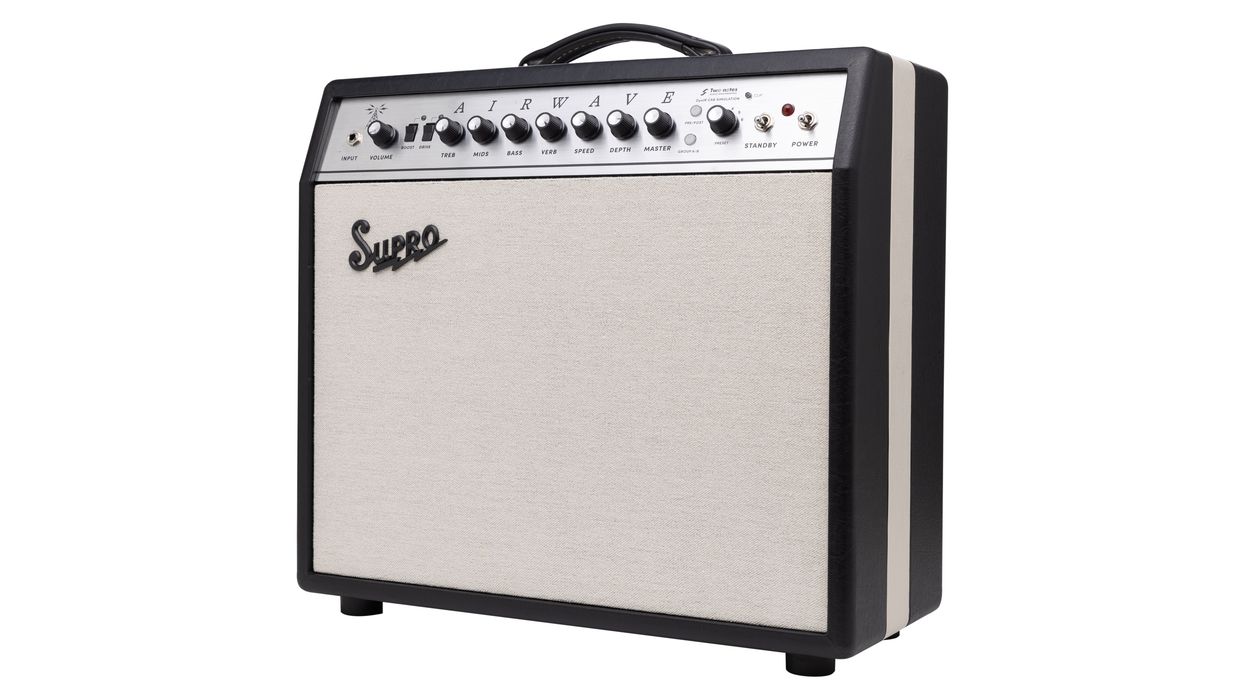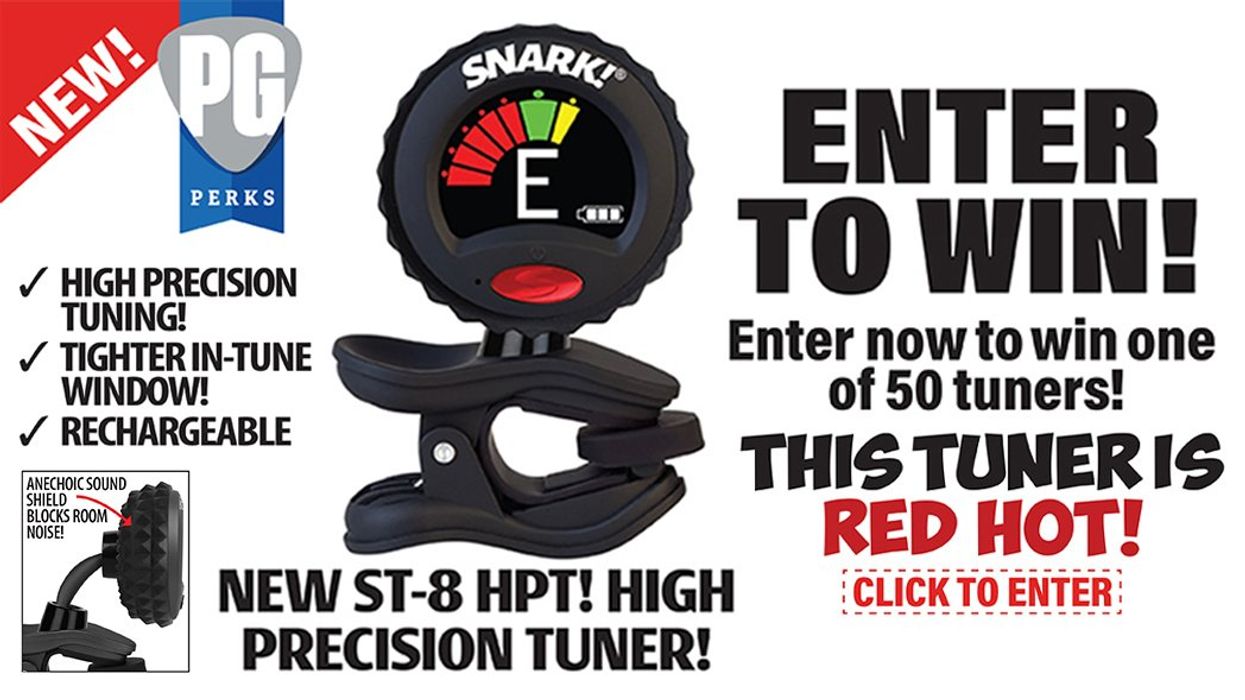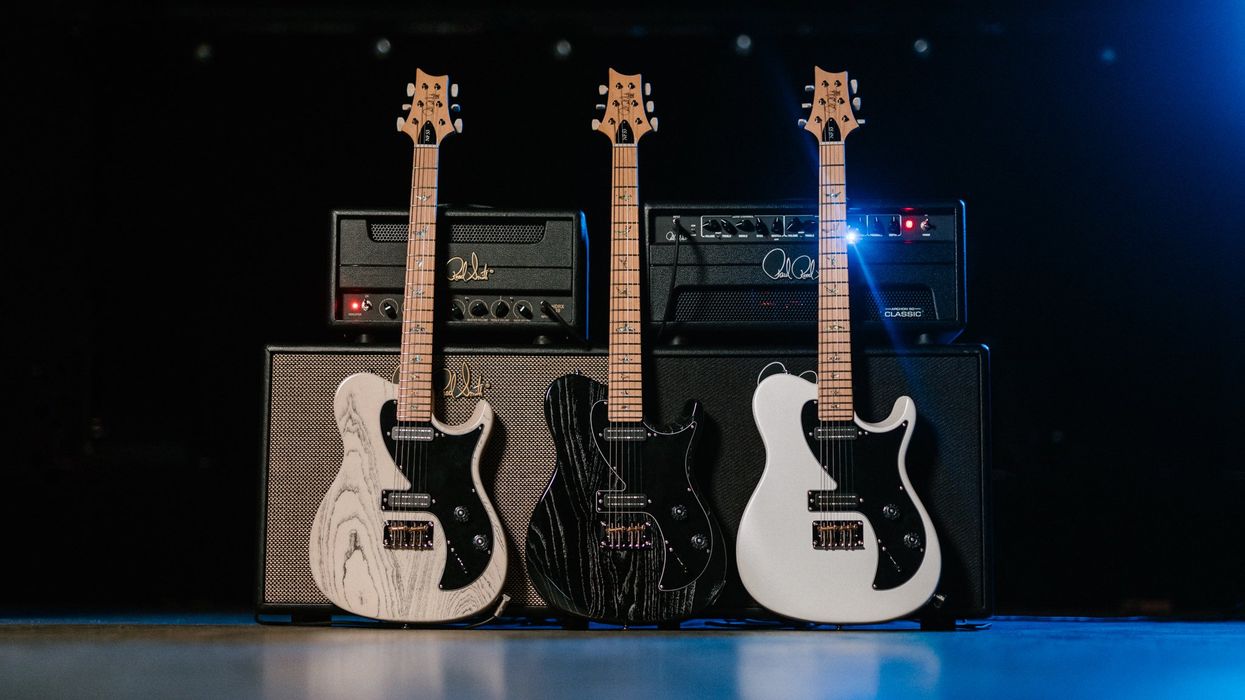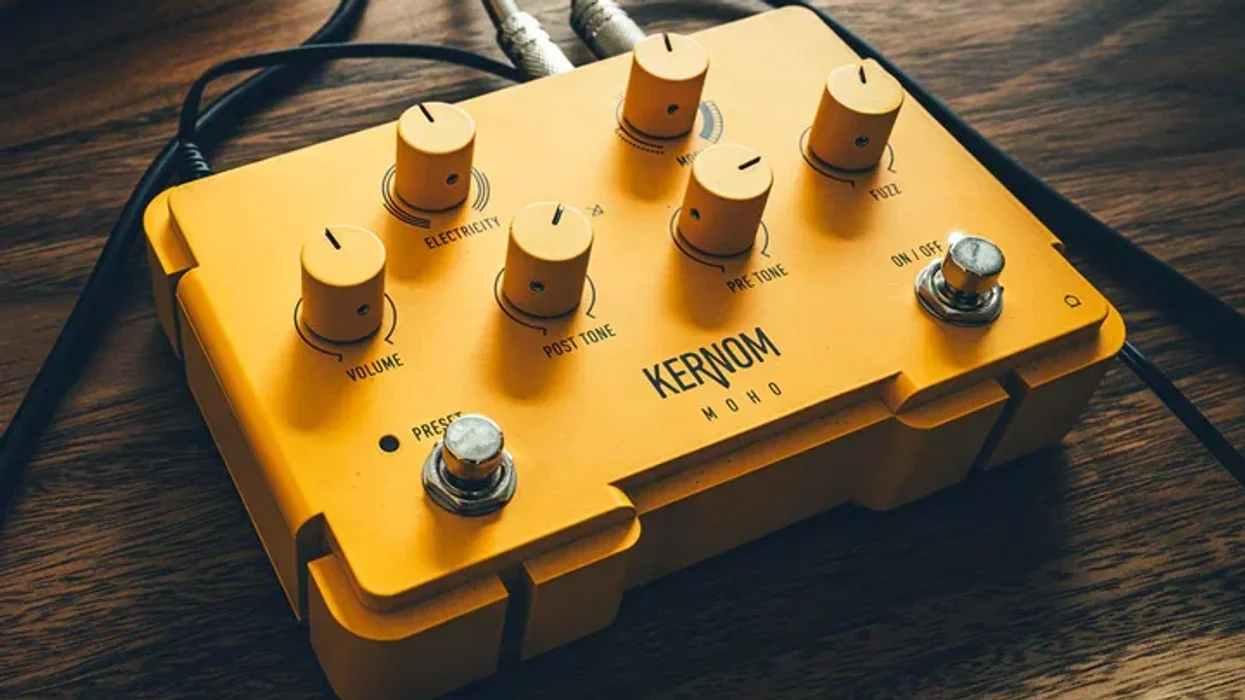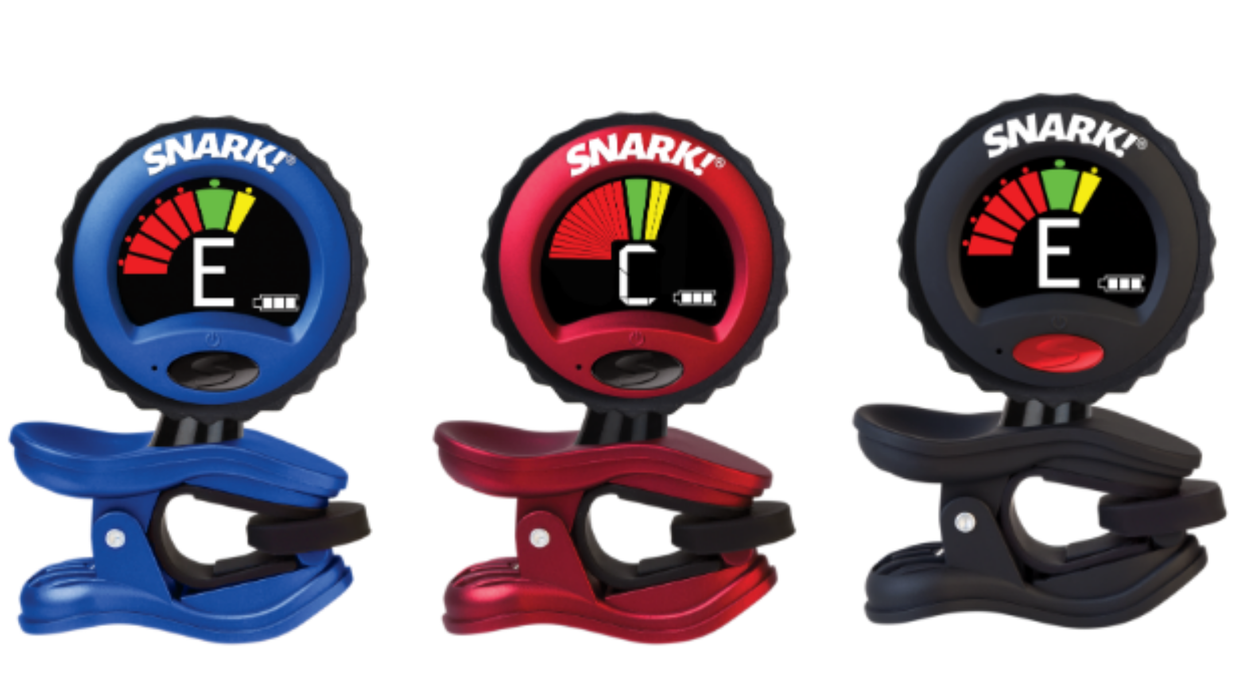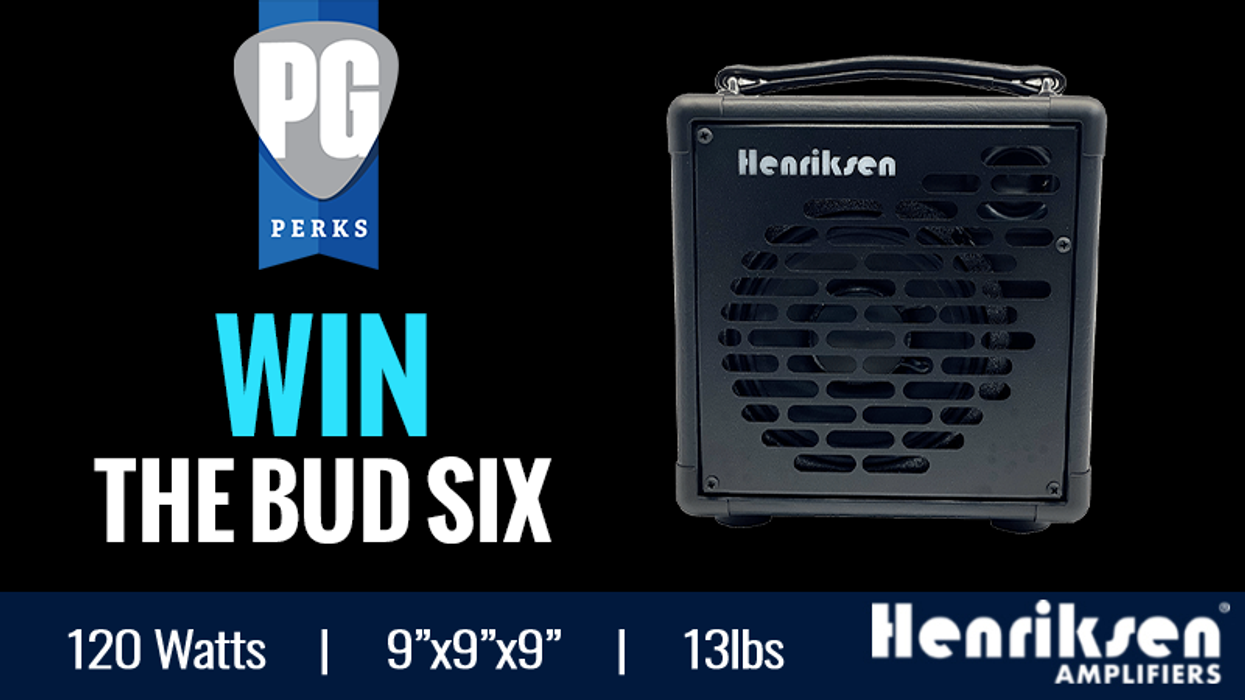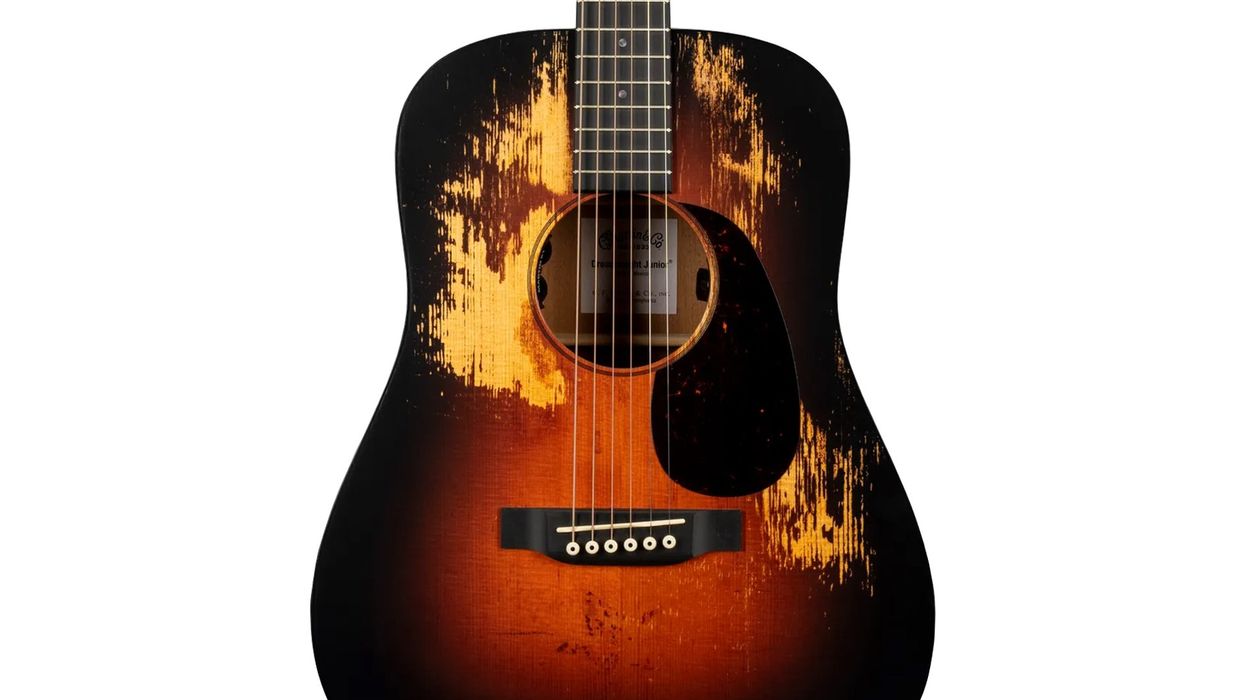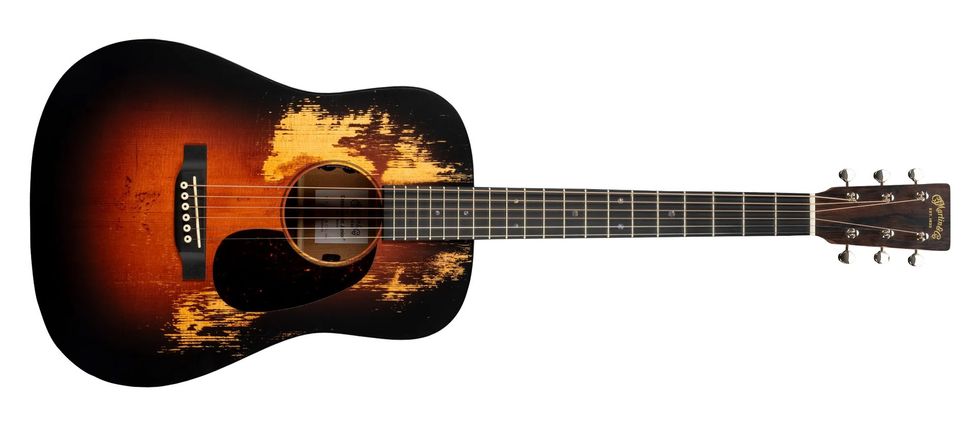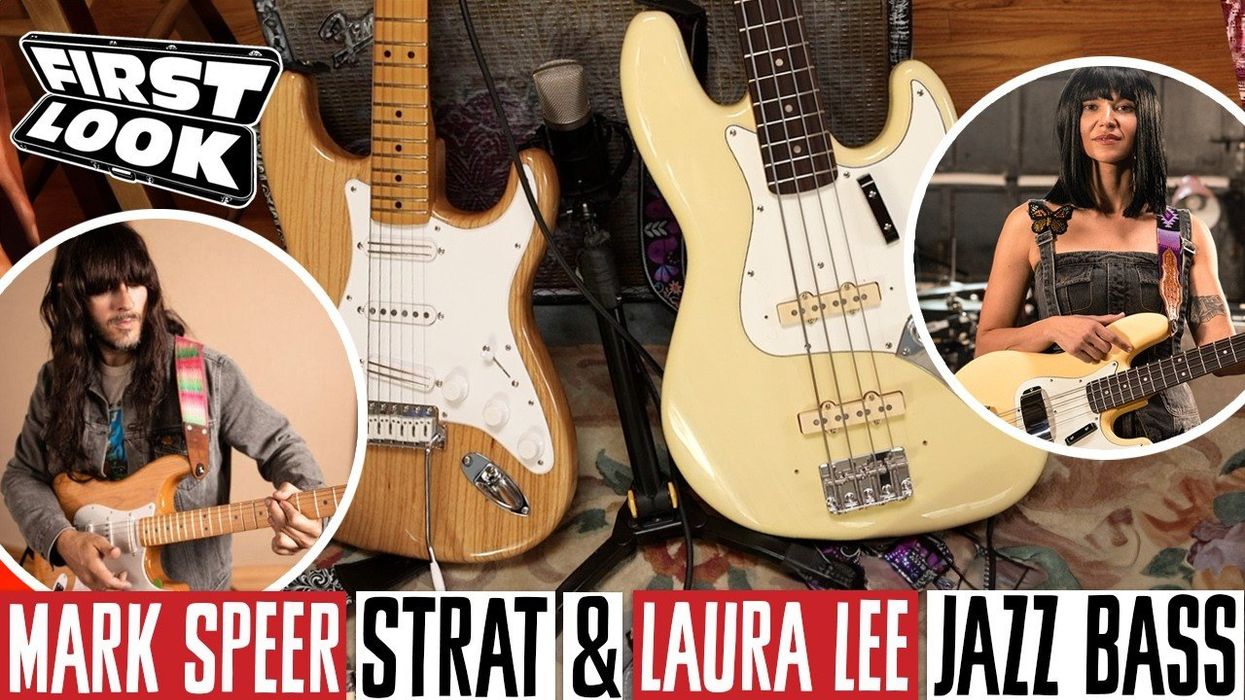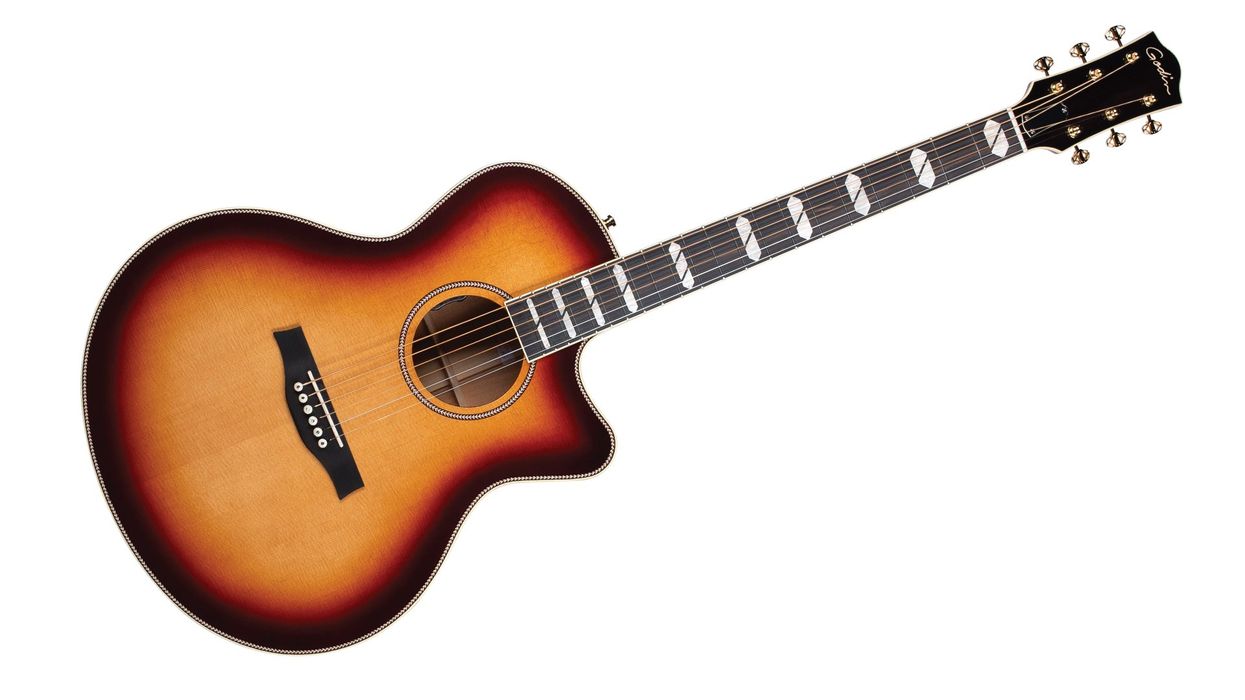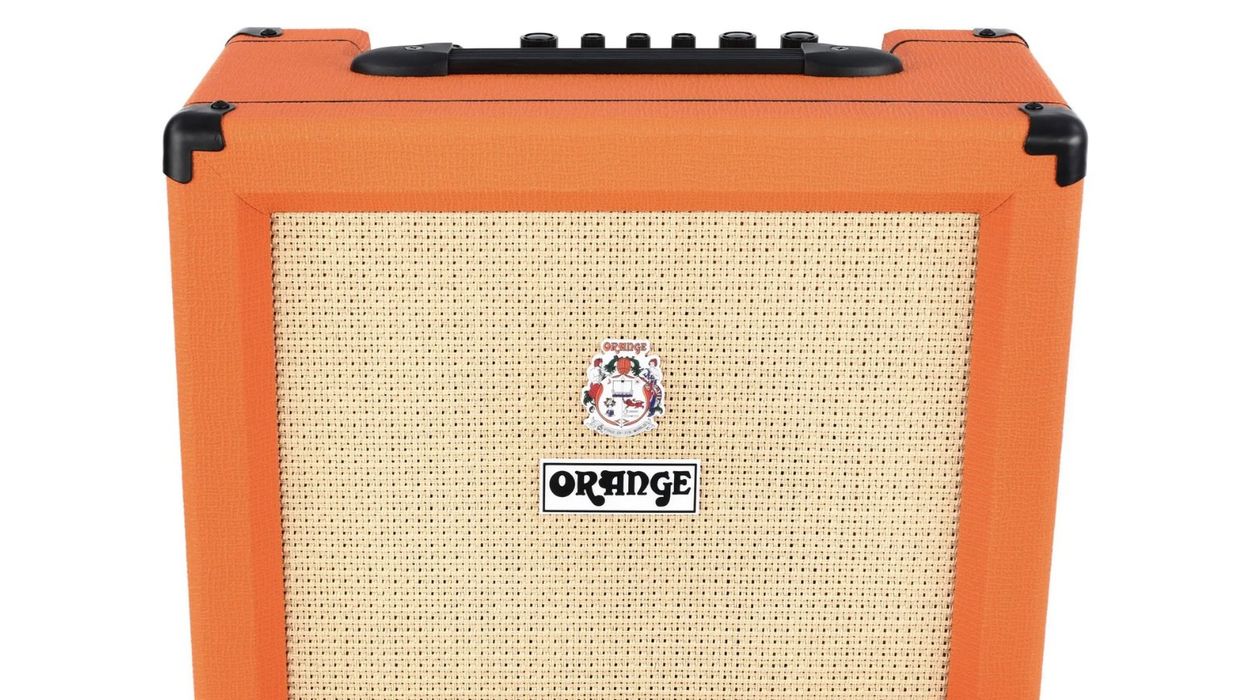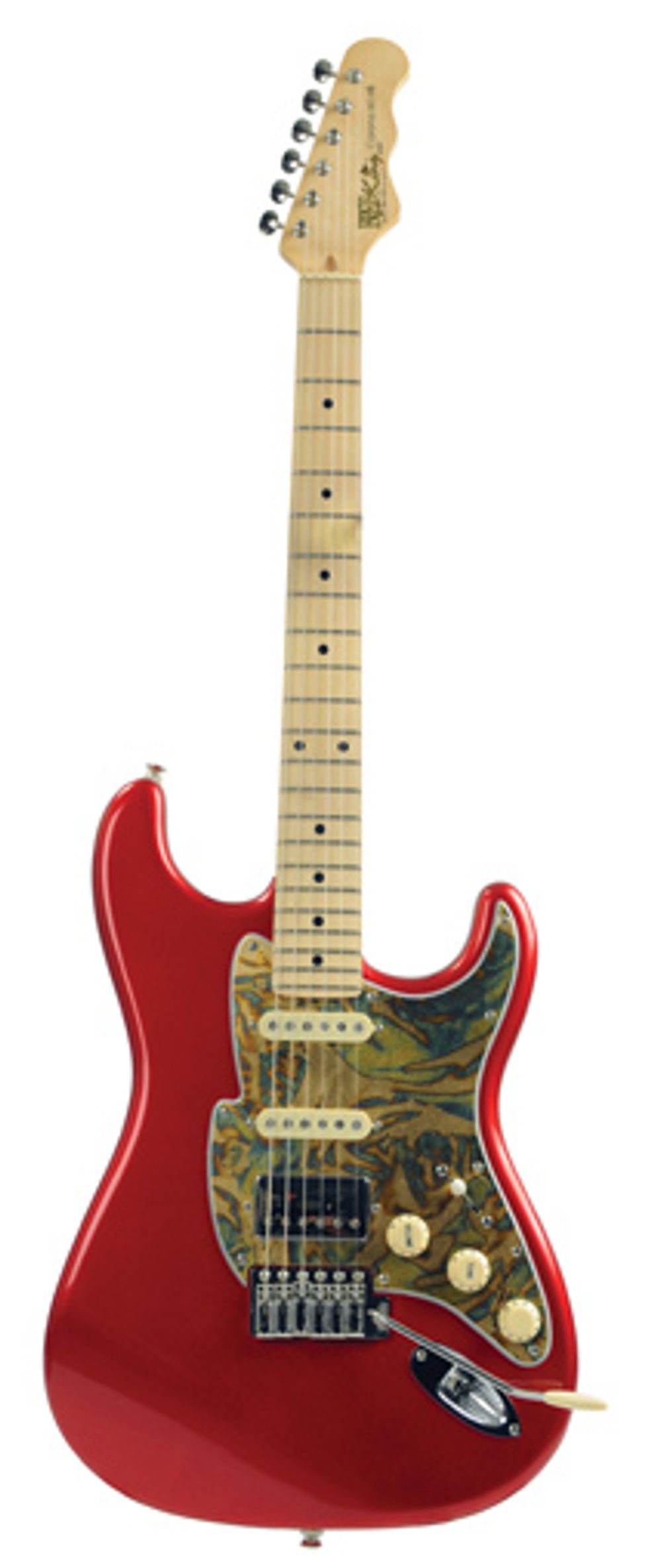 | |||
| Download Example 1 Chording | |||
| Download Example 2 Single Notes | |||
| Download Example 3 Blues using Clark Gainster | |||
| Download Example 4 Demo of return to intonation of vibrato | |||
| All clips recorded through Fender Princeton Reverb | |||
| Watch our video review: Click here to watch full-size video | |||
My first experience with a Strat was purchasing and gigging with a ’57 maple neck that I picked up in the mid-60s for under $100. It was a bit rough about the edges, but it was an excellent instrument to learn the ins and outs of Stratocasting. My experience with that guitar makes the changes wrought by Mr. Wilkinson all the more dramatic to me.
The original Strat’s problems involved string breakage and poor return to intonation using the vibrato arm. Wilkinson has solved these problems in simple and elegant ways that would have had old Leo slapping his forehead and muttering, “Why didn’t I think of that?” Strat players and subsequent engineers for Fender have tried multiple fixes for these problems. String breakage was fairly easy to solve, but vibrato problems brought forth a plethora of clamps, locks, roller bridges, non-fulcrum style vibrato bridges, dampening devices, etc.—all solving some of the problem but creating new problems in their wake. I would venture a guess that most Strat players have eventually ended up immobilizing their vibrato with a block of wood, as I have done. Fret-King has taken the best of the new and combined it with innovative additions to produce an instrument with the vibe and sound of a vintage Strat, but without the problems, all the while keeping the needs of the journeyman player first and foremost in mind. Let’s see how they have done it.
Appointments and Features
Opening the included lightweight composite case, we found a typical Strat-shaped solidbody guitar with a few extra curves and bumps on the headstock and pickguard to distinguish it—the curves actually represent a stylized rendition of Trev’s signature. The neck is straight-grained maple, and the fingerboard is integral to the neck, not glued on. This is an option, as the standard neck uses a glued-on rosewood board. The neck finish is a unique, proprietary clear satin, and very lightly applied so that surface grain is still present. Body woods are either swamp ash or alder. Our guitar is painted a beautiful Candy Apple red and has the heft of alder. I suspect the ash bodies are used on the sunburst and other finishes with visible wood grain. Both bodies are two-piece with a central joint. The neck is bolted to the body in typical fashion, and the logo and serial number are applied to the headstock. This model of the Corona range has two single-coil Strat-style pickups in the neck and middle positions, and a nickelsilver covered humbucker in the bridge position, hence the “HB” designation.
The tuners are Wilkinson/ Gotoh “Easy Lock,” similar in style to vintage Klusons, complete with lubrication hole. The instructions appear to be translated by a computer, thus rendering them useless... luckily, I have Gotoh/Anderson lockers on my Tom Anderson Cobra, so I know how to operate them: thread the string through the bridge and tuning post, then pull the string tight while turning the tuning key counterclockwise. Once the internal locking post locks the string against the inside, the entire post begins to rotate counterclockwise to tighten the string. These tuners have height-adjustable posts, making it possible to keep the angle of the strings over the nut optimum for vibrato use and tuning—and eliminating the need for a string tree. The nut itself is made of light-colored “Wilkaloid” (a self-lubricating acetal resin unique to Fret-King) that maintains the vintage look with the advantages of contemporary composite technology.
Moving along the neck toward the bridge, we find 22 medium frets, nicely polished and shaped, and standard black position markers. The fingerboard has a lightly applied satin clear finish and a radius of 10”, which is a nice compromise between comfortable chording and easy string bending. The neck itself is the shallow ‘C’ that many contemporary players prefer, while the contrasting walnut “skunk stripe” maintains the vintage look.
The pickguard is laminated plastic with a visually stunning material called “vintique gold 24 carat” on top. It looks like something that might glaze an ancient vase from a pharoah’s tomb and probably should be treated with some care. The back of the instrument reveals the vibrato spring cavity, also covered with this material. The sustain block has the usual holes for springs, but the string-insertion holes are far from typical. They are, in fact, part of the Wilkinson VSV High Performance Vibrato System, and allow the spring tension to be adjusted without the backplate coming off—one of the features that separate this fella from the rest of the “Strat” types.
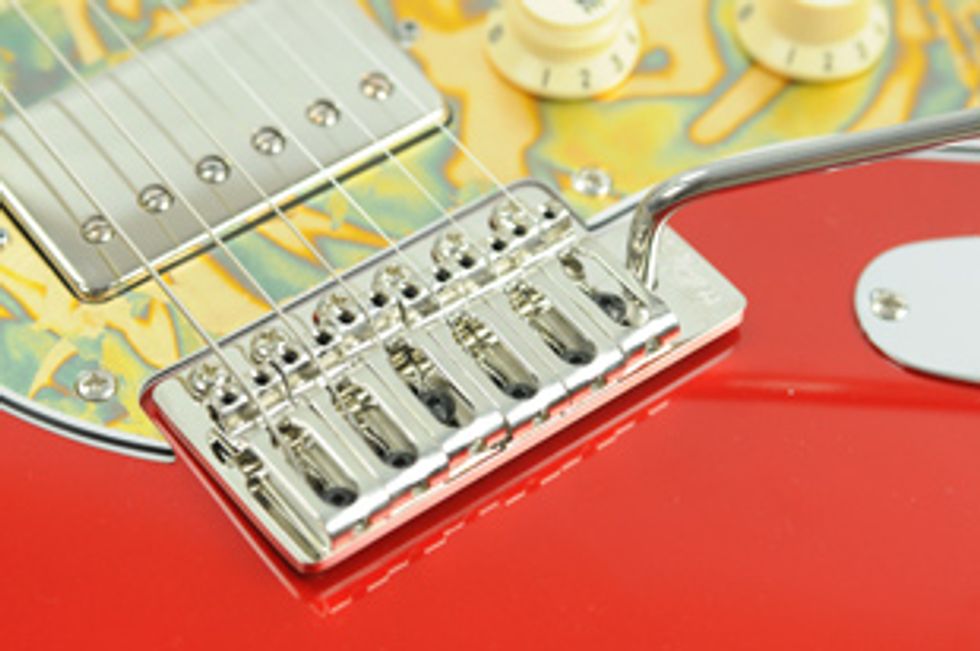 |
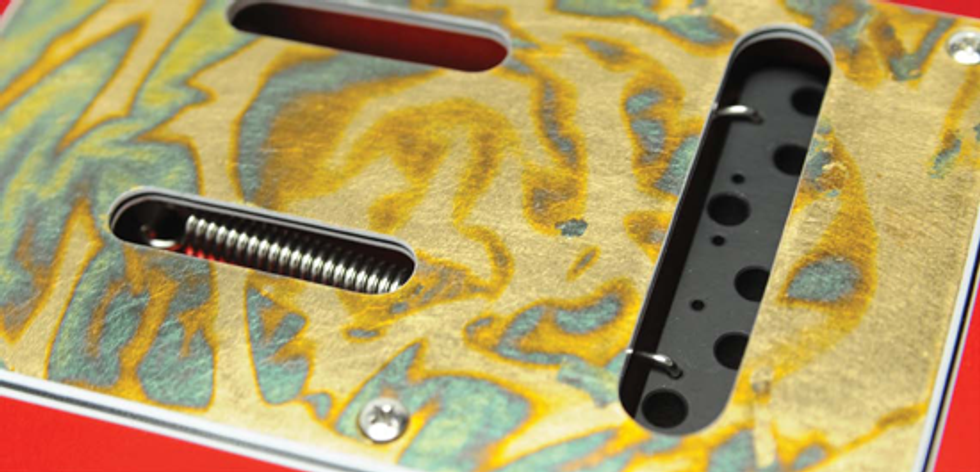 |
The VSV system factors in the variation of saddle position on the bridge plate resulting from proper “octave” intonation of the string itself. The string holes in the plate also correspond to this positioning and are relieved in the direction of the string, as well, to minimize string breakage. VSV uses formed and plated steel saddles with a larger radius, upon which the string rolls without sliding across or losing contact with the saddle surface. The larger radius also allows the heads of the string height adjustment screws to be positioned within, so they don’t poke into the player’s hand while palm-muting—a nice touch. The method of octave adjustment employs a special tool provided along with instructions (apparently translated by the same Gotoh computer). Fortunately, the methodology is simple and intuitive. The bridge assembly pivots on the typical 6-screw knife-edge fulcrum. The other improvement worth mentioning is the vibrato arm mount system. The push-in arm simply slides into the hole and stays at whatever height you leave it, making it easy to use with any particular picking style.
Electronics
There is the standard 5-position pickup switch and three knobs, but the electronics are not completely standard, and their innovation deserves mention. The proximal knob is a Master Volume and has a silicon “O” ring mounted in a groove a couple of millimeters from the top of the knob, giving a very positive feel to the adjustment and facilitating techniques such as faux pedalsteel licks. There is a rolloff of high frequencies as the volume is decreased. The second knob is a Master Tone control. The third knob is an unmarked special control that allows continuous “panning” between single coil and full humbucker. Mr. W calls this the “Vari-coil” system. It’s not unusual to have a two-position switch between single coil and humbucker, but to my knowledge this is the first time a variable amount of each has been made available. Of interest, beyond the distinctive sound, is the fact that as soon as you leave the full singlecoil position, the hum associated with true single coil disappears.
Plugging In
With so many innovations, how does it sound and play? The short answer: superb! The guitar arrived fully setup with very light gauge strings (.009s), which further enhanced the demonstration of its intonation abilities. There was a bit of relief in the neck, which is required with light strings. The truss rod is vintage-style: light in weight to help provide the guitar with maximum resonance. It also uses vintage adjustment technique, which is to say it’s at the heel end, and things must be taken to pieces to make the adjustment. Intonation was good in all positions, though it took me a while to be able to adjust to the light strings. The vibrato system was easy to use and sensitive— and best of all, it had excellent return to pitch. Tuning was effortless, and it stayed in tune. The pickups have a vintage Strat sound and the humbucker was smooth and clear when activated. I enjoyed playing with the “Vari-coil” feature, particularly in switch position 4.
The Final Mojo
The Fret-King Corona 60 HB appears to be a resurrection of the vintage Stratocaster with almost all the major defects fixed. Kudos to Trev Wilkinson.
Buy if...
you like the sound and feel of a Strat and want one with a vibrato system that stays in tune.
Skip if...
all the vibrato you need is in your fingers (and your G.A.S. Anonymous counselor says "no").
Rating...
Street $3495 - Fret-King - fret-king.com |
North American distribution is handled by JhS North America, dba MIDC Ltd: midc.ca.




